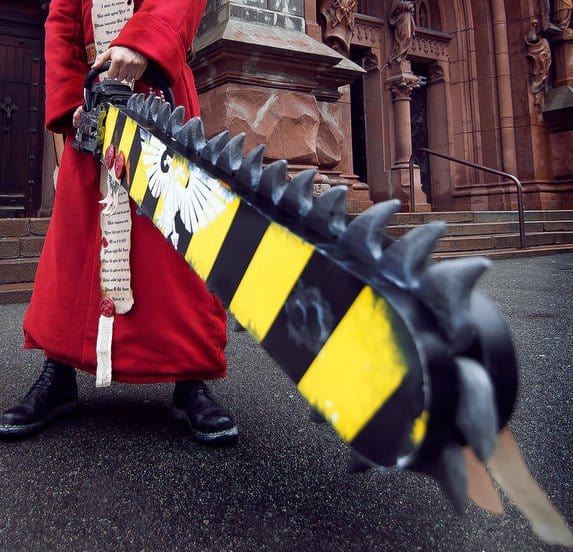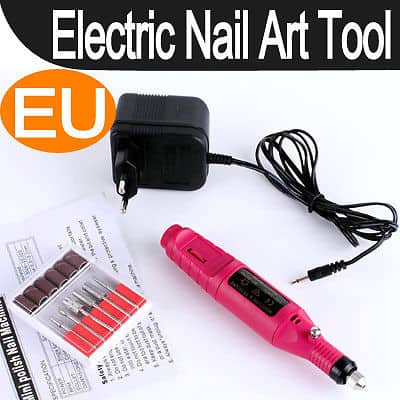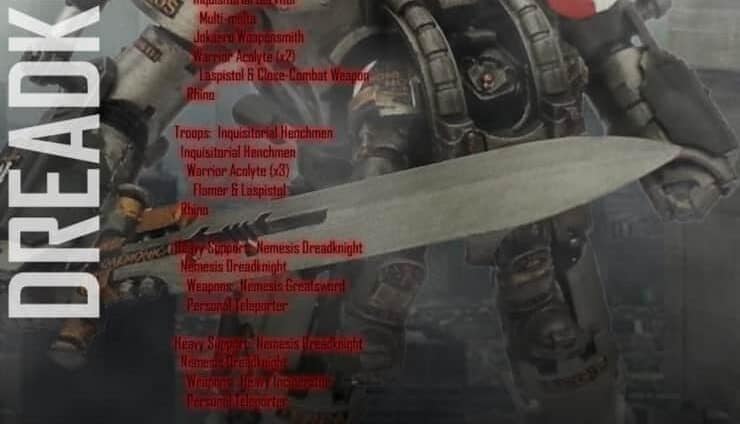Time is money, after all, or so they say.
So I’m a power tool kinda guy. I like anything that saves me time. Most power tools that I use run less then $150 bucks and for the time they save me I feel that purchase price is generally well worth the time saved.
And if time = money, then mold lines = money wasted. Seriously, how much time does the average wargamer spend cleaning mold lines from models? The honest truth is not much. But when you adverstise yourself as a professional miniature service, you’re held to a higher standard. As I think we should be.
To that extent, cleaning mold lines can be a time burner and finding a way to remove them fast has been a priority of mine for some time. When it comes to mold lines you have a few options:
- You can scrape them with a hobby knife: This method is time tested, but can be time consuming, dangerous (if you knick yourself) and can tear chunks out of a model if done with a dull blade (which to prevent cuts, is often the case)
- You can file them with a hobby file: A better way, but much slower than the scraping method.
- You can sand them away with a dremmel tool
Most people never consider the dremel tool for a variety of reasons (namely lack of a dremel, or no desire to swap out bits on a continual basis, although a speed chuck can help with that). To be fair it’s a bit like using a sledgehammer to nail up a picture.
But there are a wide variety of rotary tools out there on the market and accessories for each. Dog Grooming tools are one option. Another advantage to having multiple cheaper rotary tools is instead of needing to swap drill/sanding bits each time you use the dremel, by having a few rotary tools you can leave commonly used bits in the chuck so you can use them quickly when you pick them up. For example, I tend to keep a 1/16 drill bit in my drill, a 1/32 drill bit in my rotary tool, and I even have a smaller electric pen/rotary tool now (see below!).
The later case is the purpose of this article. In an attempt to speed up my process of removing mold lines from models, I recently purchased a Nail Salon rotary tool out of Hong Kong. My idea was to use it for flash/model line removal on smaller, plastic models. It’s light weight, small, and perfect for 25mm work.
Here’s a link to the tool.
Over 450 sold for just over $10 bucks! Sounds awesome! But did you notice anything weird about the picture? Look closely now . . . ‘
Check out the AC adapter. Look a little strange? That’s cause it’s made for Asian outlets, like in Hong Kong, where it was shipped from.
My stupid American brain never thought about the fact that a Hong Kong based tool might be made to use in native outlets. They sell adapters online, but I just wasn’t 100% sure they would work. So in the end I dumped another 12 bucks to get one of these, it’s American counterpart:
And here’s a link to that tool. As you can see in the description, it has a perfectly normal (to me, at least) AC Adapter. I suppose on the upside of things, now I’ll have 2 rotary tools on hand. Maybe I’ll use one for coarse grinding and one for thin sanding.
As for how the tool performs? I wish I could tell you, but I’m waiting on the new tool to come in! Be sure to check back then!
My name is Caleb and I am the owner of White Metal Games. Be sure to check us out! And until you do . . .
PUT YOUR MINIS WHERE YOUR MOUTH IS!!!






